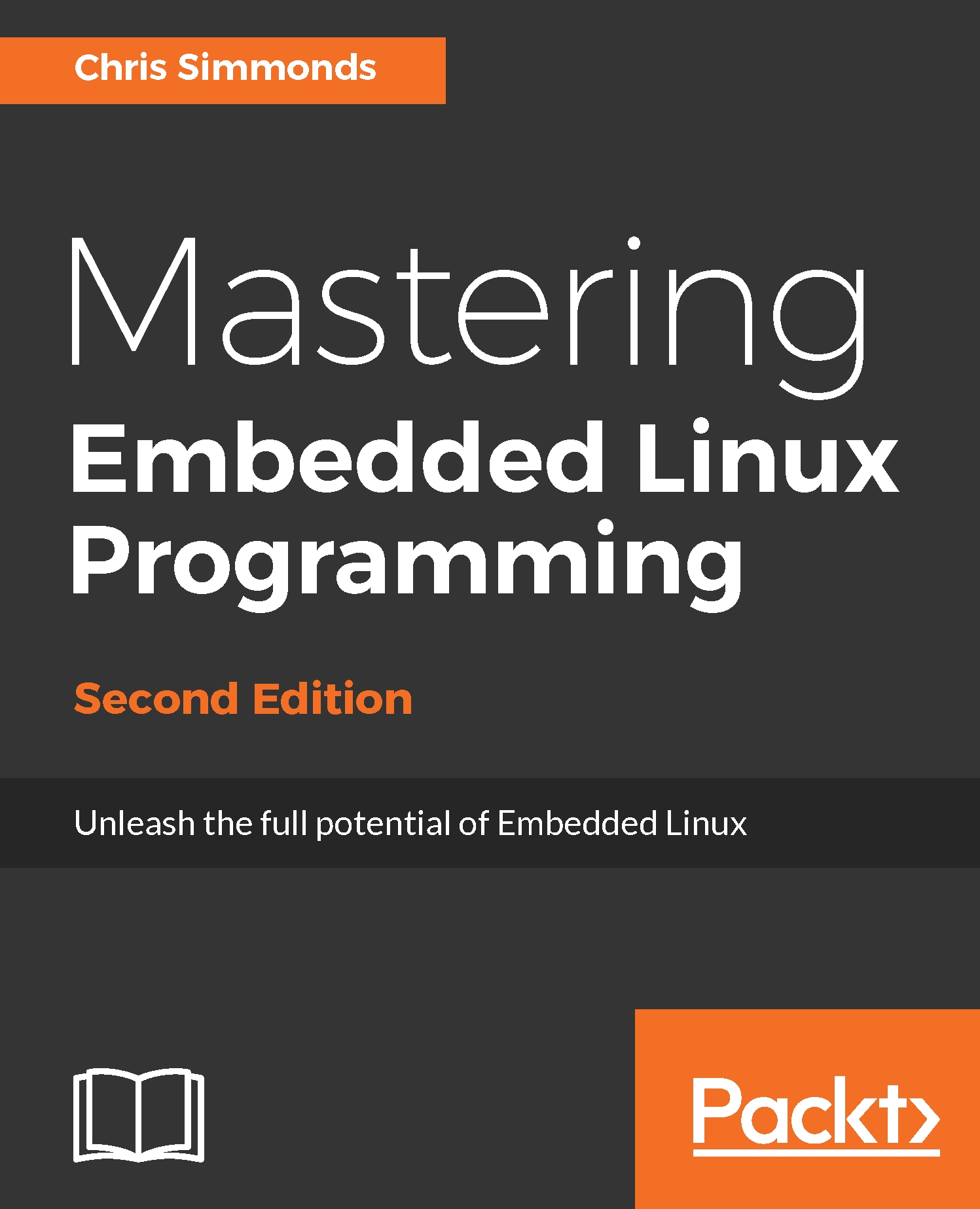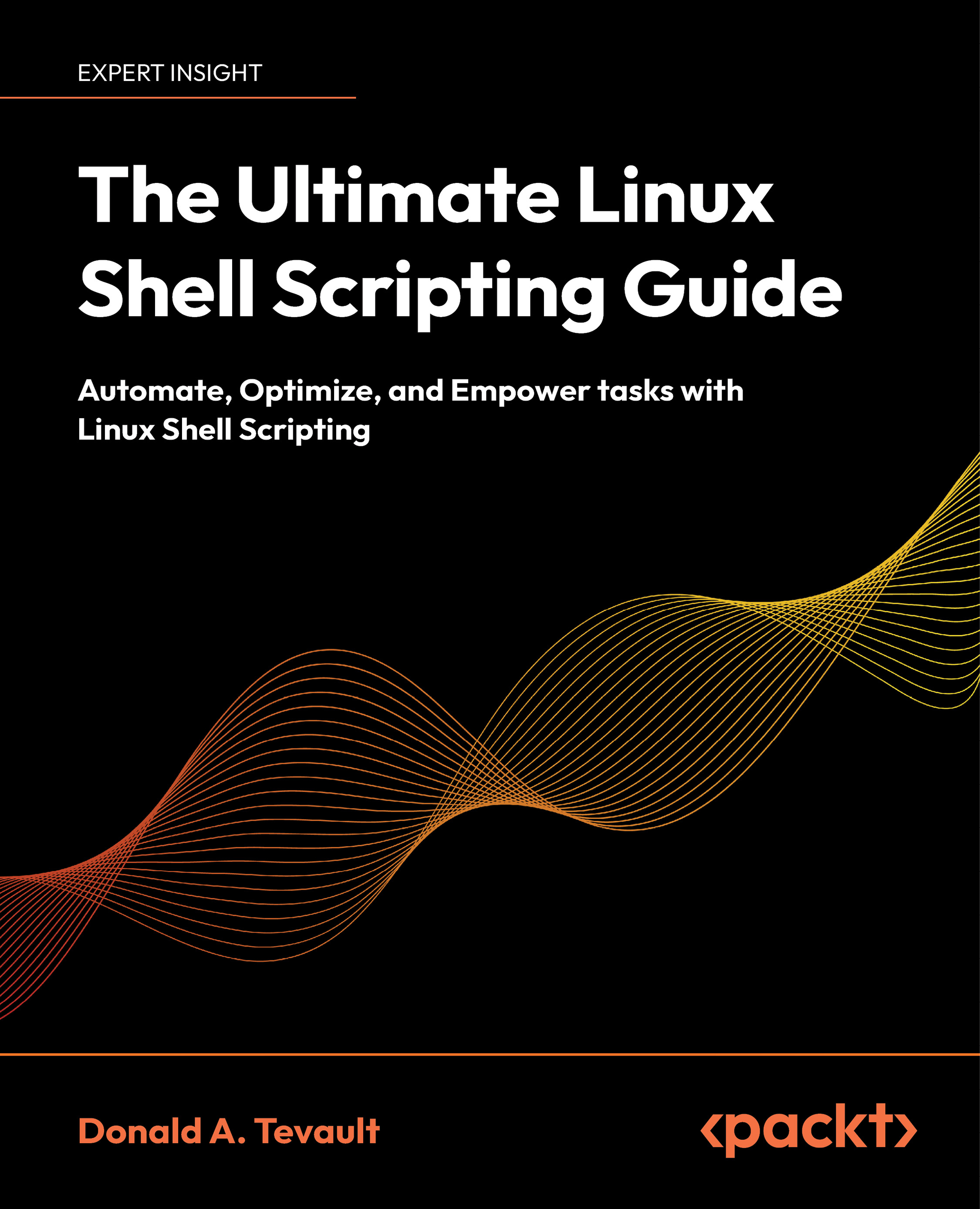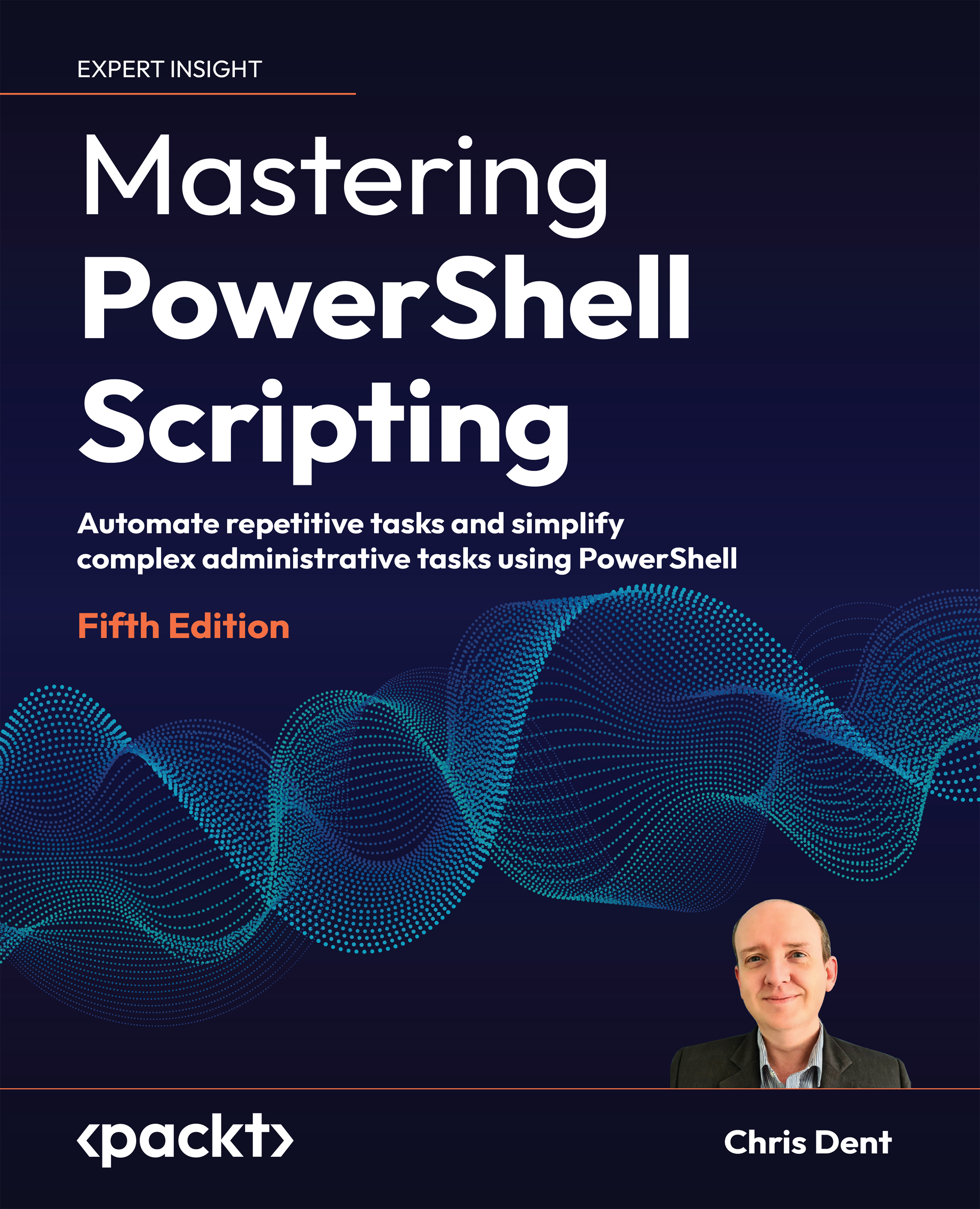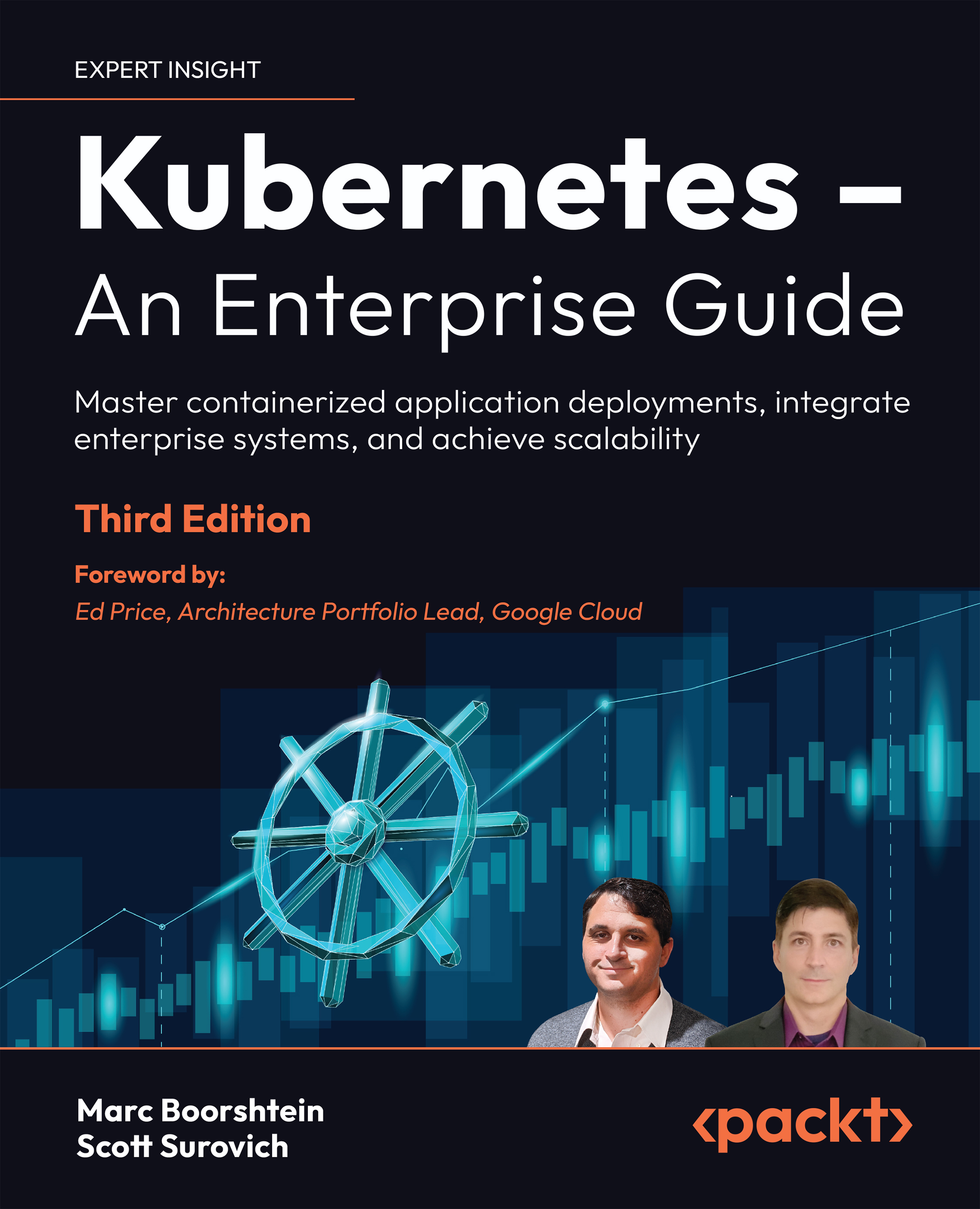To augment the need for running background operations, the kernel spawns threads (similar to processes). These kernel threads are similar to regular processes, in that they are represented by a task structure and assigned a PID. Unlike user processes, they do not have any address space mapped, and run exclusively in kernel mode, which makes them non-interactive. Various kernel subsystems use kthreads to run periodic and asynchronous operations.
All kernel threads are descendants of kthreadd (pid 2), which is spawned by the kernel (pid 0) during boot. The kthreadd enumerates other kernel threads; it provides interface routines through which other kernel threads can be dynamically spawned at runtime by kernel services. Kernel threads can be viewed from the command line with the ps -ef command--they are shown in [square brackets]:
UID PID PPID C STIME TTY TIME CMD
root 1 0 0 22:43 ? 00:00:01 /sbin/init splash
root 2 0 0 22:43 ? 00:00:00 [kthreadd]
root 3 2 0 22:43 ? 00:00:00 [ksoftirqd/0]
root 4 2 0 22:43 ? 00:00:00 [kworker/0:0]
root 5 2 0 22:43 ? 00:00:00 [kworker/0:0H]
root 7 2 0 22:43 ? 00:00:01 [rcu_sched]
root 8 2 0 22:43 ? 00:00:00 [rcu_bh]
root 9 2 0 22:43 ? 00:00:00 [migration/0]
root 10 2 0 22:43 ? 00:00:00 [watchdog/0]
root 11 2 0 22:43 ? 00:00:00 [watchdog/1]
root 12 2 0 22:43 ? 00:00:00 [migration/1]
root 13 2 0 22:43 ? 00:00:00 [ksoftirqd/1]
root 15 2 0 22:43 ? 00:00:00 [kworker/1:0H]
root 16 2 0 22:43 ? 00:00:00 [watchdog/2]
root 17 2 0 22:43 ? 00:00:00 [migration/2]
root 18 2 0 22:43 ? 00:00:00 [ksoftirqd/2]
root 20 2 0 22:43 ? 00:00:00 [kworker/2:0H]
root 21 2 0 22:43 ? 00:00:00 [watchdog/3]
root 22 2 0 22:43 ? 00:00:00 [migration/3]
root 23 2 0 22:43 ? 00:00:00 [ksoftirqd/3]
root 25 2 0 22:43 ? 00:00:00 [kworker/3:0H]
root 26 2 0 22:43 ? 00:00:00 [kdevtmpfs]
/*kthreadd creation code (init/main.c) */
static noinline void __ref rest_init(void)
{
int pid;
rcu_scheduler_starting();
/*
* We need to spawn init first so that it obtains pid 1, however
* the init task will end up wanting to create kthreads, which, if
* we schedule it before we create kthreadd, will OOPS.
*/
kernel_thread(kernel_init, NULL, CLONE_FS);
numa_default_policy();
pid = kernel_thread(kthreadd, NULL, CLONE_FS | CLONE_FILES);
rcu_read_lock();
kthreadd_task = find_task_by_pid_ns(pid, &init_pid_ns);
rcu_read_unlock();
complete(&kthreadd_done);
/*
* The boot idle thread must execute schedule()
* at least once to get things moving:
*/
init_idle_bootup_task(current);
schedule_preempt_disabled();
/* Call into cpu_idle with preempt disabled */
cpu_startup_entry(CPUHP_ONLINE);
}
The previous code shows the kernel boot routine rest_init() invoking the kernel_thread() routine with appropriate arguments to spawn both the kernel_init thread (which then goes on to start the user-mode init process) and kthreadd.
The kthread is a perpetually running thread that looks into a list called kthread_create_list for data on new kthreads to be created:
/*kthreadd routine(kthread.c) */
int kthreadd(void *unused)
{
struct task_struct *tsk = current;
/* Setup a clean context for our children to inherit. */
set_task_comm(tsk, "kthreadd");
ignore_signals(tsk);
set_cpus_allowed_ptr(tsk, cpu_all_mask);
set_mems_allowed(node_states[N_MEMORY]);
current->flags |= PF_NOFREEZE;
for (;;) {
set_current_state(TASK_INTERRUPTIBLE);
if (list_empty(&kthread_create_list))
schedule();
__set_current_state(TASK_RUNNING);
spin_lock(&kthread_create_lock);
while (!list_empty(&kthread_create_list)) {
struct kthread_create_info *create;
create = list_entry(kthread_create_list.next,
struct kthread_create_info, list);
list_del_init(&create->list);
spin_unlock(&kthread_create_lock);
create_kthread(create); /* creates kernel threads with attributes enqueued */
spin_lock(&kthread_create_lock);
}
spin_unlock(&kthread_create_lock);
}
return 0;
}
Kernel threads are created by invoking either kthread_create or through its wrapper kthread_run by passing appropriate arguments that define the kthreadd (start routine, ARG data to start routine, and name). The following code snippet shows kthread_create invoking kthread_create_on_node(), which by default creates threads on the current Numa node:
struct task_struct *kthread_create_on_node(int (*threadfn)(void *data),
void *data,
int node,
const char namefmt[], ...);
/**
* kthread_create - create a kthread on the current node
* @threadfn: the function to run in the thread
* @data: data pointer for @threadfn()
* @namefmt: printf-style format string for the thread name
* @...: arguments for @namefmt.
*
* This macro will create a kthread on the current node, leaving it in
* the stopped state. This is just a helper for
* kthread_create_on_node();
* see the documentation there for more details.
*/
#define kthread_create(threadfn, data, namefmt, arg...)
kthread_create_on_node(threadfn, data, NUMA_NO_NODE, namefmt, ##arg)
struct task_struct *kthread_create_on_cpu(int (*threadfn)(void *data),
void *data,
unsigned int cpu,
const char *namefmt);
/**
* kthread_run - create and wake a thread.
* @threadfn: the function to run until signal_pending(current).
* @data: data ptr for @threadfn.
* @namefmt: printf-style name for the thread.
*
* Description: Convenient wrapper for kthread_create() followed by
* wake_up_process(). Returns the kthread or ERR_PTR(-ENOMEM).
*/
#define kthread_run(threadfn, data, namefmt, ...)
({
struct task_struct *__k
= kthread_create(threadfn, data, namefmt, ## __VA_ARGS__);
if (!IS_ERR(__k))
wake_up_process(__k);
__k;
})
kthread_create_on_node() instantiates details (received as arguments) of kthread to be created into a structure of type kthread_create_info and queues it at the tail of kthread_create_list. It then wakes up kthreadd and waits for thread creation to complete:
/* kernel/kthread.c */
static struct task_struct *__kthread_create_on_node(int (*threadfn)(void *data),
void *data, int node,
const char namefmt[],
va_list args)
{
DECLARE_COMPLETION_ONSTACK(done);
struct task_struct *task;
struct kthread_create_info *create = kmalloc(sizeof(*create),
GFP_KERNEL);
if (!create)
return ERR_PTR(-ENOMEM);
create->threadfn = threadfn;
create->data = data;
create->node = node;
create->done = &done;
spin_lock(&kthread_create_lock);
list_add_tail(&create->list, &kthread_create_list);
spin_unlock(&kthread_create_lock);
wake_up_process(kthreadd_task);
/*
* Wait for completion in killable state, for I might be chosen by
* the OOM killer while kthreadd is trying to allocate memory for
* new kernel thread.
*/
if (unlikely(wait_for_completion_killable(&done))) {
/*
* If I was SIGKILLed before kthreadd (or new kernel thread)
* calls complete(), leave the cleanup of this structure to
* that thread.
*/
if (xchg(&create->done, NULL))
return ERR_PTR(-EINTR);
/*
* kthreadd (or new kernel thread) will call complete()
* shortly.
*/
wait_for_completion(&done); // wakeup on completion of thread creation.
}
...
...
...
}
struct task_struct *kthread_create_on_node(int (*threadfn)(void *data),
void *data, int node,
const char namefmt[],
...)
{
struct task_struct *task;
va_list args;
va_start(args, namefmt);
task = __kthread_create_on_node(threadfn, data, node, namefmt, args);
va_end(args);
return task;
}
Recall that kthreadd invokes the create_thread() routine to start kernel threads as per data queued into the list. This routine creates the thread and signals completion:
/* kernel/kthread.c */
static void create_kthread(struct kthread_create_info *create)
{
int pid;
#ifdef CONFIG_NUMA
current->pref_node_fork = create->node;
#endif
/* We want our own signal handler (we take no signals by default). */
pid = kernel_thread(kthread, create, CLONE_FS | CLONE_FILES |
SIGCHLD);
if (pid < 0) {
/* If user was SIGKILLed, I release the structure. */
struct completion *done = xchg(&create->done, NULL);
if (!done) {
kfree(create);
return;
}
create->result = ERR_PTR(pid);
complete(done); /* signal completion of thread creation */
}
}
 United States
United States
 Great Britain
Great Britain
 India
India
 Germany
Germany
 France
France
 Canada
Canada
 Russia
Russia
 Spain
Spain
 Brazil
Brazil
 Australia
Australia
 Singapore
Singapore
 Canary Islands
Canary Islands
 Hungary
Hungary
 Ukraine
Ukraine
 Luxembourg
Luxembourg
 Estonia
Estonia
 Lithuania
Lithuania
 South Korea
South Korea
 Turkey
Turkey
 Switzerland
Switzerland
 Colombia
Colombia
 Taiwan
Taiwan
 Chile
Chile
 Norway
Norway
 Ecuador
Ecuador
 Indonesia
Indonesia
 New Zealand
New Zealand
 Cyprus
Cyprus
 Denmark
Denmark
 Finland
Finland
 Poland
Poland
 Malta
Malta
 Czechia
Czechia
 Austria
Austria
 Sweden
Sweden
 Italy
Italy
 Egypt
Egypt
 Belgium
Belgium
 Portugal
Portugal
 Slovenia
Slovenia
 Ireland
Ireland
 Romania
Romania
 Greece
Greece
 Argentina
Argentina
 Netherlands
Netherlands
 Bulgaria
Bulgaria
 Latvia
Latvia
 South Africa
South Africa
 Malaysia
Malaysia
 Japan
Japan
 Slovakia
Slovakia
 Philippines
Philippines
 Mexico
Mexico
 Thailand
Thailand
















